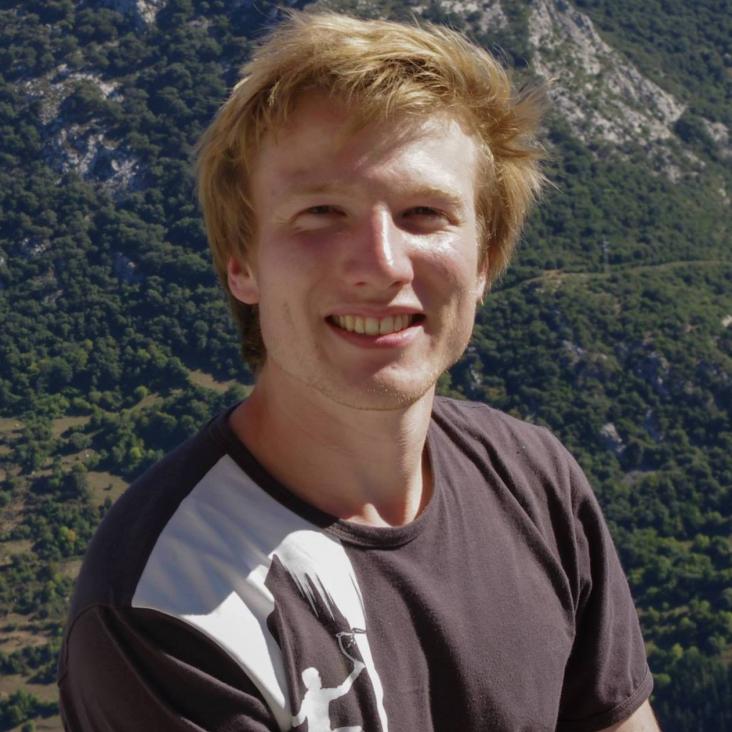Excitation and control of plasma wakefields by multiple laser pulses
Physical Review Letters American Physical Society 119:4 (2017) 044802
Abstract:
We demonstrate experimentally the resonant excitation of plasma waves by trains of laser pulses. We also take an important first step to achieving an energy recovery plasma accelerator by showing that a plasma wave can be damped by an out-of-resonance trailing laser pulse. The measured laser wakefields are found to be in excellent agreement with analytical and numerical models of wakefield excitation in the linear regime. Our results indicate a promising direction for achieving highly controlled, GeV-scale laser-plasma accelerators operating at multikilohertz repetition rates.Resonant excitation of plasma waves in a plasma channel
Physical Review Research American Physical Society 6:2 (2024) L022001
Abstract:
We demonstrate resonant excitation of a plasma wave by a train of short laser pulses guided in a preformed plasma channel, for parameters relevant to a plasma-modulated plasma accelerator (P-MoPA). We show experimentally that a train of N≈10 short pulses, of total energy ∼1J, can be guided through 110mm long plasma channels with on-axis densities in the range 1017-1018cm-3. The spectrum of the transmitted train is found to be strongly red shifted when the plasma period is tuned to the intratrain pulse spacing. Numerical simulations are found to be in excellent agreement with the measurements and indicate that the resonantly excited plasma waves have an amplitude in the range 3-10GVm-1, corresponding to an accelerator stage energy gain of order 1GeV.All-optical GeV electron bunch generation in a laser-plasma accelerator via truncated-channel injection.
Physical Review Letters American Physical Society 131:24 (2023) 245001
Abstract:
We describe a simple scheme, truncated-channel injection, to inject electrons directly into the wakefield driven by a high-intensity laser pulse guided in an all-optical plasma channel. We use this approach to generate dark-current-free 1.2 GeV, 4.5% relative energy spread electron bunches with 120 TW laser pulses guided in a 110 mm-long hydrodynamic optical-field-ionized plasma channel. Our experiments and particle-in-cell simulations show that high-quality electron bunches were only obtained when the drive pulse was closely aligned with the channel axis, and was focused close to the density down ramp formed at the channel entrance. Start-to-end simulations of the channel formation, and electron injection and acceleration show that increasing the channel length to 410 mm would yield 3.65 GeV bunches, with a slice energy spread ∼5×10^{-4}.EuPRAXIA conceptual design report
European Physical Journal - Special Topics Springer 229:24 (2020) 3675-4284
Abstract:
This report presents the conceptual design of a new European research infrastructure EuPRAXIA. The concept has been established over the last four years in a unique collaboration of 41 laboratories within a Horizon 2020 design study funded by the European Union. EuPRAXIA is the first European project that develops a dedicated particle accelerator research infrastructure based on novel plasma acceleration concepts and laser technology. It focuses on the development of electron accelerators and underlying technologies, their user communities, and the exploitation of existing accelerator infrastructures in Europe. EuPRAXIA has involved, amongst others, the international laser community and industry to build links and bridges with accelerator science — through realising synergies, identifying disruptive ideas, innovating, and fostering knowledge exchange. The Eu-PRAXIA project aims at the construction of an innovative electron accelerator using laser- and electron-beam-driven plasma wakefield acceleration that offers a significant reduction in size and possible savings in cost over current state-of-the-art radiofrequency-based accelerators. The foreseen electron energy range of one to five gigaelectronvolts (GeV) and its performance goals will enable versatile applications in various domains, e.g. as a compact free-electron laser (FEL), compact sources for medical imaging and positron generation, table-top test beams for particle detectors, as well as deeply penetrating X-ray and gamma-ray sources for material testing. EuPRAXIA is designed to be the required stepping stone to possible future plasma-based facilities, such as linear colliders at the high-energy physics (HEP) energy frontier. Consistent with a high-confidence approach, the project includes measures to retire risk by establishing scaled technology demonstrators. This report includes preliminary models for project implementation, cost and schedule that would allow operation of the full Eu-PRAXIA facility within 8—10 years.Electron trapping and reinjection in prepulse-shaped gas targets for laser-plasma accelerators
Physical Review Accelerators and Beams American Physical Society 23:11 (2020) 111301


